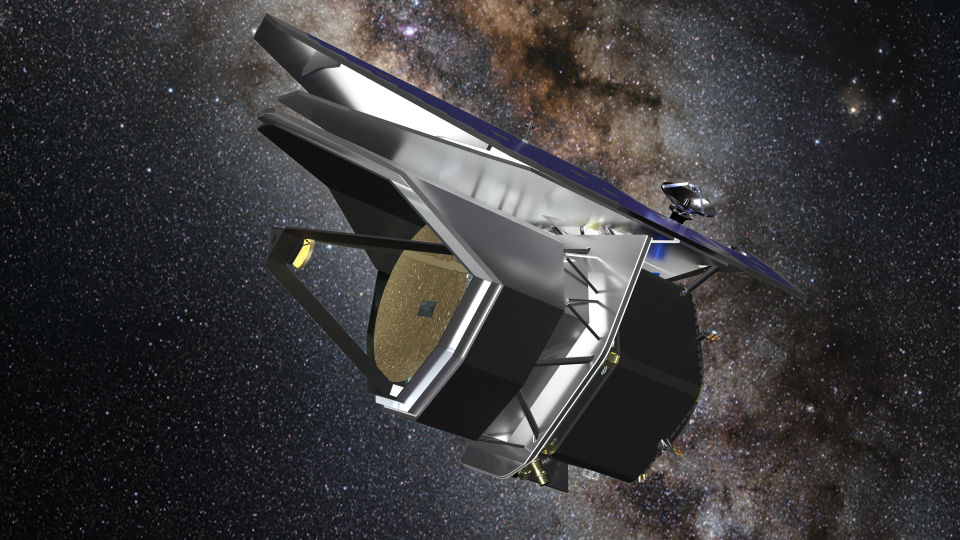Cardiff scientists part of team bidding for $1bn NASA mission

Cardiff University scientists are key participants in a $1bn space mission being considered by NASA to explore the secrets of the universe.
The PRobe far-Infrared Mission for Astrophysics (PRIMA) will tell astronomers about the gas, ice and dust around new-born stars, which condenses to form planets, and about how the formation of stars like the Sun is influenced by interstellar magnetic fields.
It will also measure light from distant galaxies, revealing how galaxies such as the Milky Way formed and evolved into what we see today.
Missions
PRIMA is one of two missions selected by NASA for further study. Each proposal team will conduct an intensive 12-month mission concept study phase before one will be chosen by NASA to launch in 2032.
PRIMA will draw on expertise from the Cardiff Hub for Astrophysics Research and Technology (CHART), together with collaborators from the University of Sussex, Imperial College London, University of Oxford, University of Leicester and University College London, and supported by the UK Space Agency (UKSA).
Professor Carole Tucker, who leads the Cardiff team, said: “It is excellent news that NASA has selected a strong far-infrared mission concept for Phase A study. The Cardiff team, together with our UK colleagues and the UKSA, have been collaborating over a number of years with the US PRIMA team and our European colleagues, to help bring the concept proposal to this stage.
“The work towards this next mission builds upon the UK strength in far infrared science and technology, and is a tremendous opportunity for continued UK and Cardiff leadership in this field.”
Essential
PRIMA is designed to detect and study light at far infrared wavelengths, a few hundred times longer than the wavelengths of visible light, and needs to be in space as the Earth’s atmosphere is opaque in the far infrared.
The Cardiff group will be part of the design team for the observatory’s two scientific instruments. If the mission is selected for flight, Cardiff will provide optical filters, which are essential to define the wavelengths of light seen by the PRIMA detectors, for both instruments.
The mission that is selected in 2026 will become the first in a new class of NASA astrophysics endeavours within the agency’s longstanding Explorers Programme.
NASA says the new mission class, Probe Explorers, will ‘fill a gap between flagship and smaller-scale missions in its exploration of the secrets of the universe.’
Dr Nicola Fox, associate administrator, Science Mission Directorate at NASA Headquarters in Washington, added: “NASA’s Explorers Programme brings out some of the most creative ideas for missions that help us reveal the unknown about our universe. Establishing this new line of missions – the largest our Astrophysics program has ever competed – has taken that creativity to new heights.
“Both of the selected concepts could enable ground-breaking science responsive to the top astrophysics priorities of the decade, develop key technologies for future flagship missions, and offer opportunities for the entire community to use the new observatory, for the benefit of all.”
Support our Nation today
For the price of a cup of coffee a month you can help us create an independent, not-for-profit, national news service for the people of Wales, by the people of Wales.




